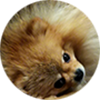Understanding the reason for nibbling
Biting is a natural behaviour and is essential for the puppy’s well-being. At 3 weeks of age, the puppy will heckle and interact with its mother and the rest of the litter in this way.
They jump on each other, push each other around and bite each other for fun.
This is not a sign of aggression.
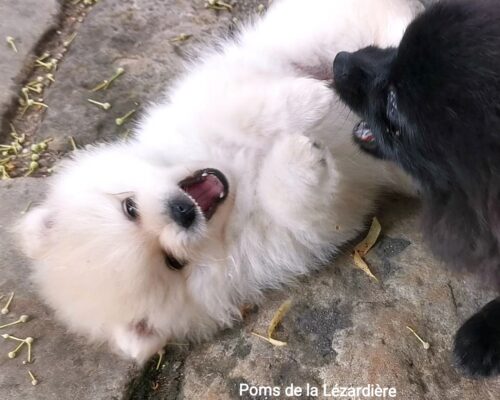
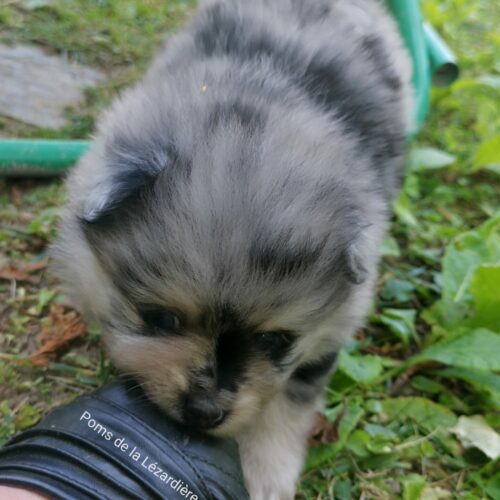
Learning by Tasting
For a puppy, biting into the objects around him is like a game, he nibbles on them to get to know his world and test his new abilities.
It’s calledbite inhibition![]() . This activity is an integral part of learning through taste.
. This activity is an integral part of learning through taste.
The puppy discovers different textures, unfamiliar flavours, smells and builds his personality just as a young child would. Remember that at this age, the jaw is the only tool they have to explore the world!
Nibbling also relieves teething
Puppies have milk teeth before they have permanent teeth. These teeth are called decidual teeth and puppies have 28 of them.
They appear at about 3 weeks of age and are all present at about 1.5 months.
The baby teeth will give way to the permanent ones:
- 4 months: incisors
- 5 months: fangs
- 6 months: molars
The puppy will have all its teeth by the age of 7 months (42 teeth).
A puppy bite cannot cause serious injury. However, it is important to teach them to break this habit.
It should be noted that in some puppies the milk teeth do not fall out by themselves. You will have to go to the vet to have them removed.
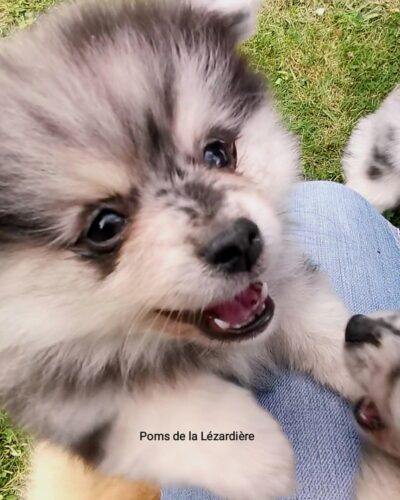
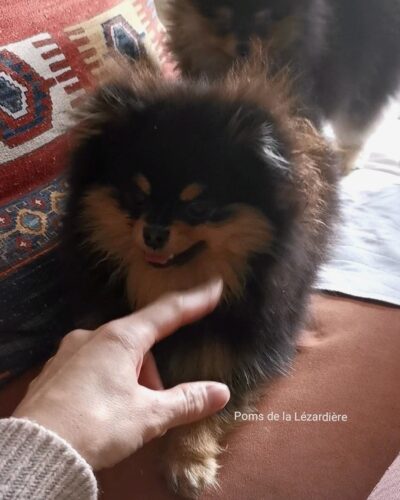
The touch of our hand on him is not a game but a caress
The puppy doesn’t know it yet. He needs to be taught.
Touch the puppy, withdraw your hand if he wants to chew you and add a squeak (this shows him that it is not a game and that he has hurt you).
Repeat the experiment, if he does not nibble, reward him with your voice. If not, remove your hand…
An exercise in patience and calm. You can do it!
It is important to let them know that they are not allowed to trim certain objects
The puppy needs to discover for himself that he has a jaw and that it can have an impact on his environment.
Say his name + “no” in a firm voice but without shouting.
Your puppy will see that you don’t like his behaviour and should quickly drop the object.
Say “that’s good” as soon as he drops the object and then give him one of his toys to chew on. I never give kibble. (see “no”![]() )
)
By repeating the command every time you catch him chewing, your puppy will eventually understand that he shouldn’t do it and that it’s in his best interest to stop the action in progress, since by giving up, he receives a reward.
Not seen = Not seen, not taken. You should not take your puppy back if the mistake was made while you were away. The puppy wouldn’t understand.
Diverting him from all these tempting objects with a chew toy, a deer horn, a pressed skin bone,… will allow your puppy to learn about his own toys and what he is allowed to chew.
Afterwards, he will naturally go to his toys.
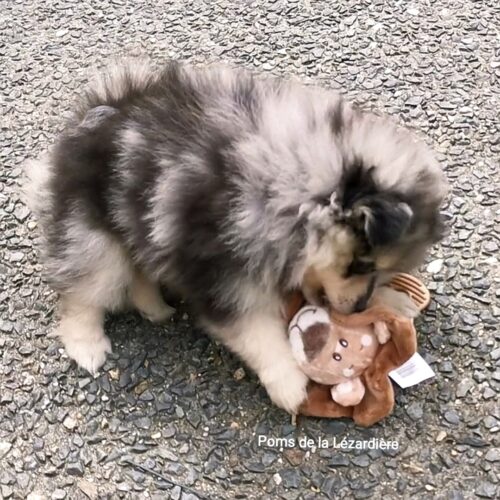
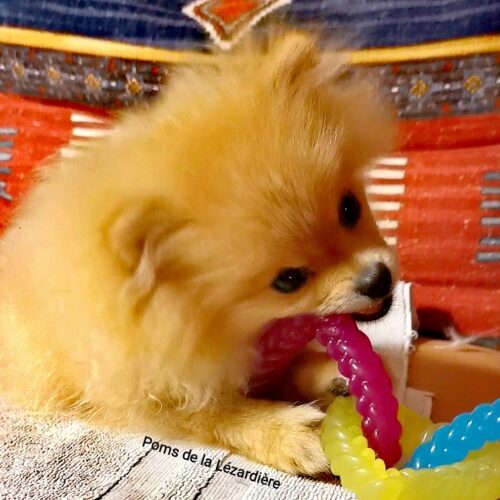
My dog bites me… How can it be prevented?
Video explanation by Dr Charlotte RENARD,
veterinary consultant for Direct-Vet.fr
More information
Some mistakes to avoid in order to have a well-behaved and obedient dog.
